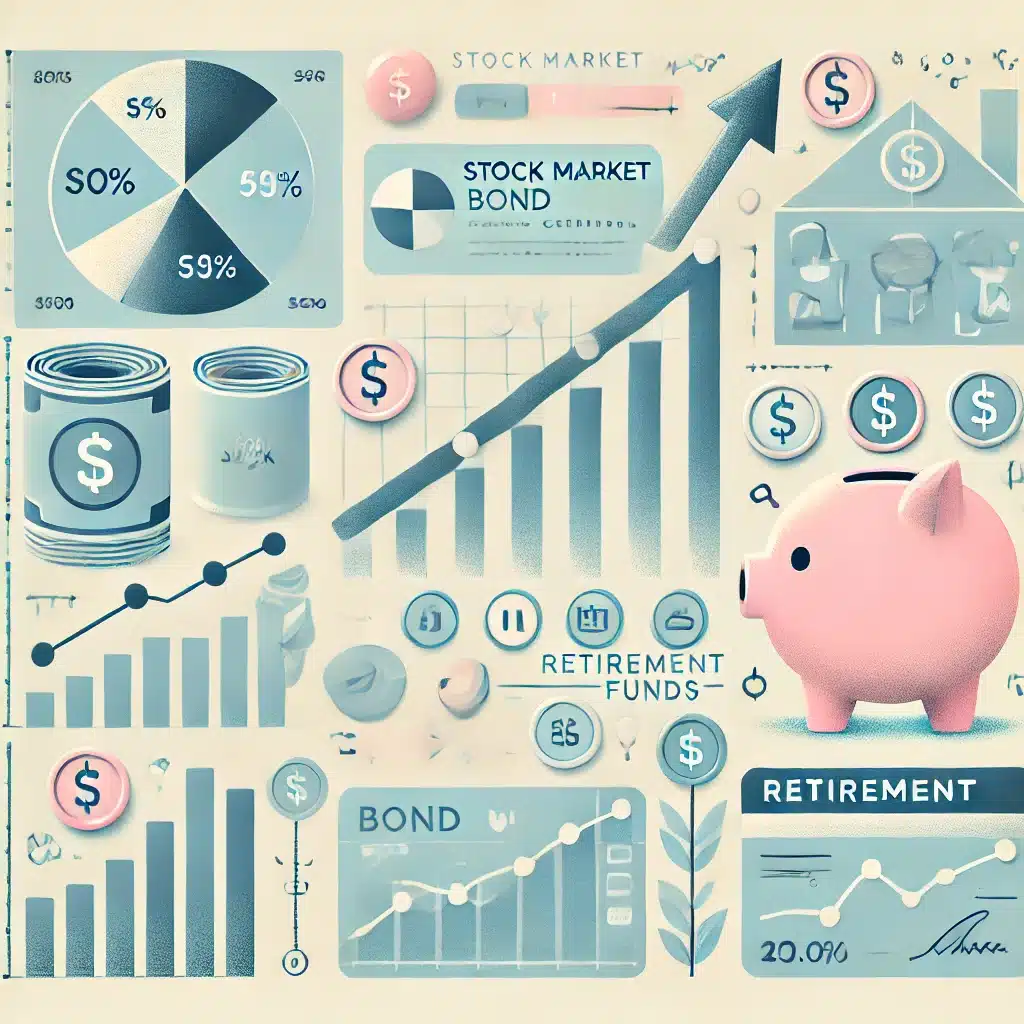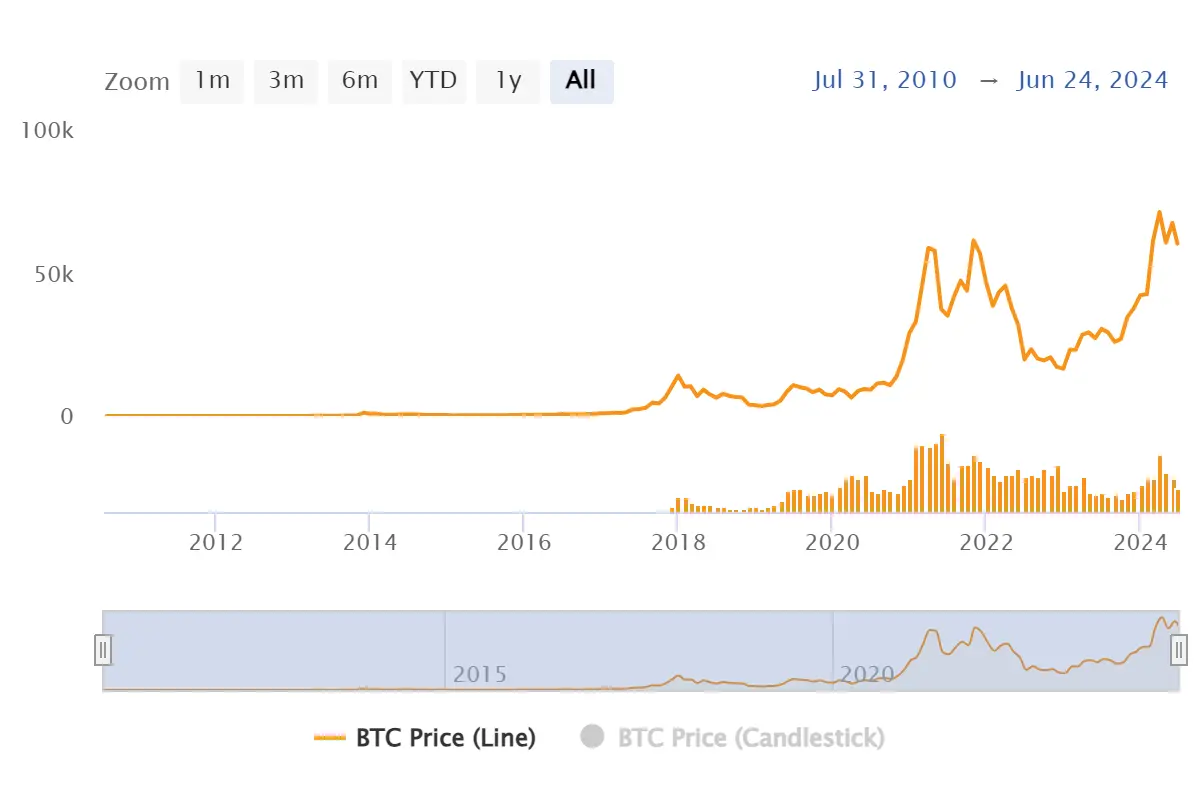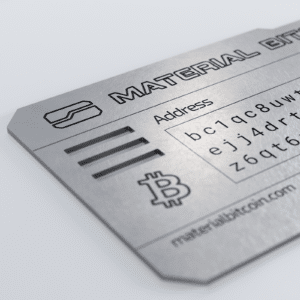Whenever you have a large amount of money available, it’s easy to want to indulge and treat yourself to a holiday or something special. But, the key to your future is to invest and grow your wealth.
Regardless of investing $10,000 or $20,000, making the right call on where and how to invest those amounts is crucial.
You can break it up, diversify your investments, or create a specific strategy for a single avenue.
What’s important is that you pick the right strategy for you and your financial goals.
This post will explore the options available for where is the best place to invest $10,000 and where is the best place to invest $20,000, with tips and tricks you can apply to reach financial freedom.
Understanding Your Investment Options
When it comes to investing, there are many options available.
This can be a positive or negative thing depending on the type of person you are and how you view investing.
For example, if you’re the type of person who gets stressed out with the different options and ways of investing, then it’s better to stick to some basic traditional methods.
While others who are interested in exploring strategies and are further away from retirement can take higher risks.
From traditional stocks, bonds, ETFs, index funds, cryptocurrencies, and real estate to 401(k)s and other programs, there are options suitable for each investment preference and risk tolerance.
For example, looking at crypto vs stocks: historically speaking, the stock market has had an average annual return of 10% (before inflation rates).
Bitcoin, on the other hand, has had a higher return for long-term investors, but with a more volatile nature.
This might make some uneasy, despite the high returns.
Investment Amounts: $10,000 vs. $20,000
Knowing where is the best place to invest $10,000 or $20,000 might be tricky, but just having that amount to invest puts you in a great position.
With $10,000 you can buy into ETFs, cryptocurrencies, and stocks. Buying shares of real estate investment trusts (REITs) is another great way to begin your journey.
With $20,000 you have much more flexibility to move some portion of that investment to higher-risk asset classes for potentially higher future returns.
We will look into these options later in our post.
Understand Your Risk Tolerances and Your Financial Goals
Before putting your money anywhere, you must review what your future goals are and what risks you are willing to take.
Generally speaking, the closer you are to retirement, the less you want to invest in highly volatile investments. Depending on your financial situation and other factors, certain investment classes may be more suitable than others.
You need to remember that there is no “one-size-fits-all” formula to follow. Investing is very personal and it needs to match your lifestyle, goals, and risk tolerances.
Evaluating Traditional Investment Strategies
To help break down and understand where the best place to invest $10,000 or $20,000 is, let’s evaluate the most traditional options: 
Stocks and Bonds
When you buy a stock, you are essentially buying a portion of a company. You become a shareholder and earn gains as the company’s value rises. It can be a higher risk because of market volatility.
In contrast, bonds are types of “loans”, usually to a government agency or corporation. You exchange your money for interest payouts and the return of the principal loan. Bonds have lower risk and are considered a “safer” investment option.
Retirement Funds and Accounts
A traditional IRA can be tax-deductible, and your investment can benefit from being tax-deferred until you retire. It is when you retire, that withdrawals are taxed as income.
There are annual contribution limits depending on whether you are younger or older than 50, so, please check within your investment year for the accumulated contribution rates.
In contrast, a Roth IRA is purchased with after-tax dollars. This means that you can’t get a tax deduction upfront. Instead, when you retire, the withdrawal is tax-free.
401(k) plans are employer retirement plans, usually letting you contribute part of your salary to a retirement fund. Many companies provide matching contributions, which means that they will add whatever percentage you put in.
There are limits to contributions, 2024 has a $22,500 limit, or $30,000 if you are 50 or older.
Exploring Emerging Opportunities: Why Consider Bitcoin?
Bitcoin is a digital currency that operates on a decentralized network. It is different from fiat currency since it isn’t controlled by a central bank.
Since it is decentralized, Bitcoin is considered to be “immune” from government control and interference. Depending on where you live, however, there are tax regulations that you must comply with.
High Returns With a High Risk?
Bitcoin has proven itself since its beginning in 2009. Its value has jumped from $0.0009 to around $65,000 today.
Has the crypto market seen its share of ups and downs? YES.
The market can be volatile, meaning that the value can drop by hundreds if not thousands in a single day. But what has been demonstrated is that Bitcoin has always regained its momentum year after year for those who invested with a HODL strategy.
The key here, along with any other volatile asset, is to understand that Bitcoin is a long-term investment. Especially, if you purchase consistently to counter the market rises and falls, you should be gaining value, as we’ve seen from Bitcoin’s past.

How to Invest $10,000 and $20,000 in Bitcoin
Where is the best place to invest $10,000: With that amount, you have a great start for investing in crypto and blockchain technology.
Remember, regardless of the amount, it’s a good idea to spread out your assets and diversify.
For example, use $5,000 to directly buy BTC, while the rest can be spread across blockchain ETFs, such as the iShares Blockchain and Tech ETF.
Where is the best place to invest $20,000: With a larger amount of money to invest, consider allocating a higher amount to BTC, such as $10,000, and spreading the rest across different blockchain assets and crypto.
Perhaps buy some portions of Ethereum and USTD, while using the rest of the investment in Blockchain ETFs and other blockchain stocks like Nvidia, IBM, and Block.

Overcoming Volatility: Long-Term Perspective
When you see the market fluctuate and go downwards, it’s normal to panic and want to sell your assets as fast as possible.
🛑This can be a major mistake.
By adopting a long-term hold strategy, you can ride out the dips to benefit from the overall upward trends of the marketplace.
Long-term investments tend to always recover, hedge against inflation, and provide a positive gain for many.
Diversification Strategies Beyond Bitcoin
Not to say that you are guaranteed to become a millionaire, but with a diversified portfolio and patience, you should gain from the investments you make.
ETFs, stocks, real estate, and crypto have all proven to jump back after a volatile period.
For example, stocks can generate income through dividend payouts, real estate can generate rent, while REITS, bonds, and other assets can help set up a safer retirement plan.
Utilizing dollar-cost averaging helps to spread out losses and average purchase costs over time.
💡Your Takeaway: Make sure to diversify and buy consistently.
Regulatory Considerations and Security Measures
Regulations and Responsibilities
Depending on the investment type, there are various regulations that you must comply with, along with the responsibilities of the assets you invest in.
There are securities acts in place to protect investors and ensure that companies who are traded are upfront about their financial situations and disclose financial information to investors.
On the other hand, there are compliance measures that you must follow, including your duties to the IRS and claiming your taxes from investment and income gains.
Security Measures
The most important thing you need to consider is the protection of your assets.
Especially when investing in cryptocurrencies, you want to protect yourself against theft and fraud from online hacking.
➡️Pick a reputable platform to invest with.
➡️Use a crypto cold wallet for safe storage, such as Material Bitcoin.
➡️Be aware of phishing scams through emails or phone calls.
➡️Regularly monitor your portfolio and assets.

Making Informed Financial Decisions: Knowing Where is the Best Place to Invest $10,000 & $20,000
When considering where is the best place to invest $10,000 and $20,000, our recommendation is to look at both traditional and new investment options, such as Bitcoin and blockchain technology.
By mixing your portfolio with these diverse assets, you can rest assured that a portion of your investment is “secure” through government-backed plans, like bonds and retirement accounts.
While Bitcoin, ETFs, and other stocks can aid in larger long-term benefits, despite their more volatile nature.
High potential returns are more commonly suggested for younger investors as these are usually associated with increased volatility and risks.
If you are unsure of how to start investing for the first time, you can always seek the advice of financial professionals and brokers who can make a tailored strategy for you and your risk tolerances.
We hope that our outline helps you with your investing strategy.









0 Comments